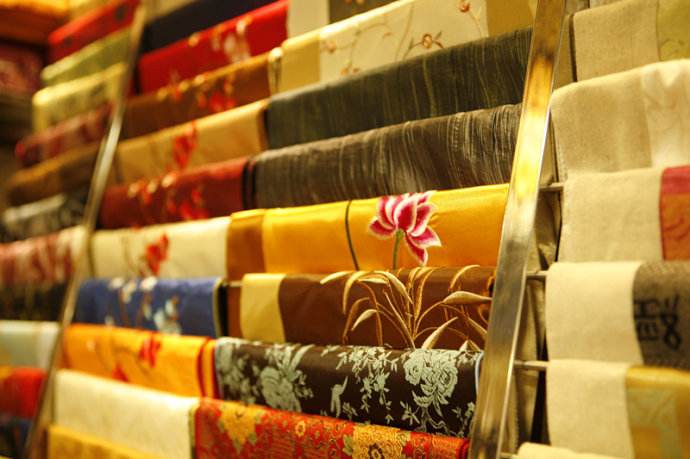✨ Where Silk Meets Story
From a single cocoon comes a thread nearly a kilometer long; from a single loom, moonlight turns to brocade.
In Suzhou, silk is more than fabric — it’s a language of touch, patience, and quiet brilliance. For thousands of years, this riverside city has spun beauty into being, from the mulberry leaf to the emperor’s robe, from ancient ritual to modern fashion runway.
🌿 Origins: Mulberry, Water, and Craftsmanship
Suzhou’s silk begins in the fertile basin of Lake Tai, where warm weather and winding canals nurture the mulberry trees that feed silkworms.
By the Tang and Song dynasties, silk was Suzhou’s identity — worn by nobles, traded across continents, and woven into every festival and wedding. Even today, the city hums with that same rhythm of making: slow, detailed, and endlessly graceful.
✨ The Four Arts of Silk: Reeling, Weaving, Finishing, Embroidering
Reeling turns raw cocoons into shimmering threads as fine as hair.
Weaving gives them form — from the glowing Song brocade to kesi tapestry, whose “broken weft” builds color like a mosaic painting.
Natural dyes create calm, living tones; finishing decides whether the fabric flows like water or stands crisp and sculptural.
Then comes embroidery — the soul of Suzhou silk.
Needles split threads thinner than whiskers, blend colors within a petal, and even craft double-sided works that mirror perfectly front and back. Every stitch holds patience, precision, and poetry.
🧵 Suzhou Silk Museum: From Cocoon to Couture
If you want to see the entire story unfold, visit the Suzhou Silk Museum.
Walk through the complete process — from silk farming to weaving, dyeing, and embroidery.
Watch artisans reel golden threads or weave on ancient looms. Admire Song brocade, kesi masterpieces, and living demonstrations that make history tangible.
It’s not just a museum — it’s a moving workshop of Chinese aesthetics.
👘 Tradition in Motion: Silk for the Modern World
Today, Suzhou’s silk continues to evolve. Designers blend it with wool or linen, cut East-inspired patterns into sleek silhouettes, and reimagine traditional motifs — water ripples, fan folds, lattice shadows — in a contemporary language.
You’ll find kesi patterns in jewelry, embroidery lighting up minimalist gowns, and scarves so fine they almost float.
Silk has become a lifestyle: wearable, touchable, timeless.
🌸 Experience It Yourself: Walk, Watch, Weave
To truly feel Suzhou silk, don’t just shop — explore its making.
Must-do experiences:
- 🏛️ Suzhou Silk Museum – see the full process from cocoon to cloth.
- 🧶 Embroidery studios – watch color blending and double-sided stitching.
- 🪡 Song brocade & kesi workshops – try reeling, drafting, or warping.
- 🛍️ Canal-side boutiques – choose scarves and fabrics by hand-feel, not label.
Suggested day route:
- Morning: Start at the museum → watch live demos → pick a silk souvenir by weight and hue.
- Afternoon: Visit a local studio → try a simple stitch or pattern rubbing.
- Evening: Catch a silk-themed fashion or cultural show — where ancient threads shimmer under modern lights.
💡 The Takeaway
In Suzhou, silk isn’t just made — it’s lived.
Every strand carries the patience of hands, the rhythm of looms, and the glow of centuries.
Come touch the thread of time — and let Suzhou’s silk weave its story around you.
